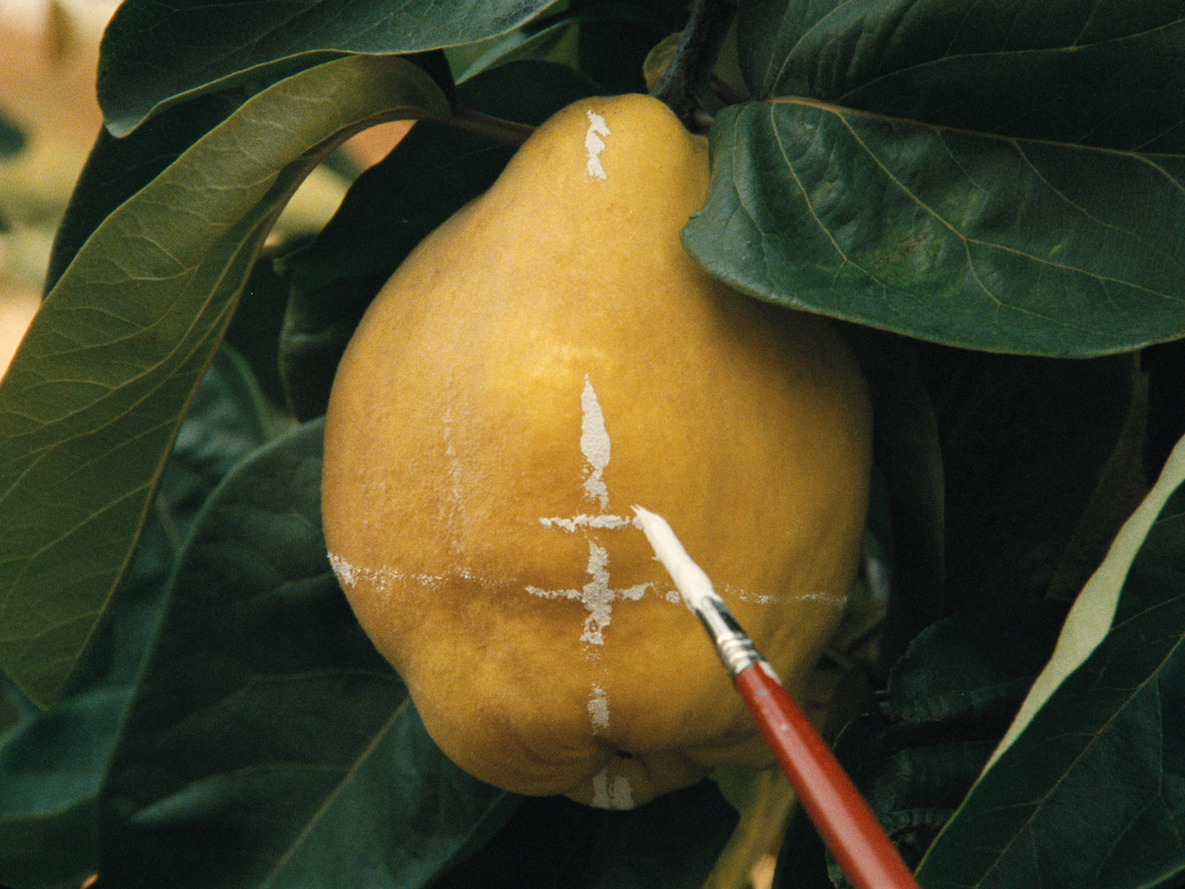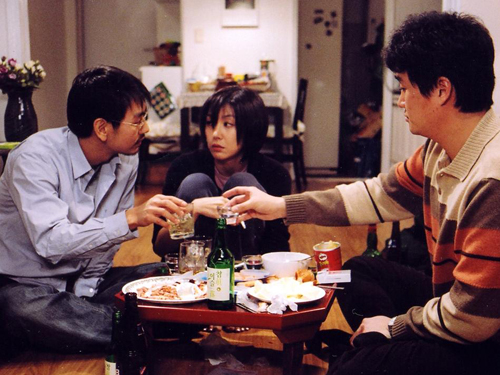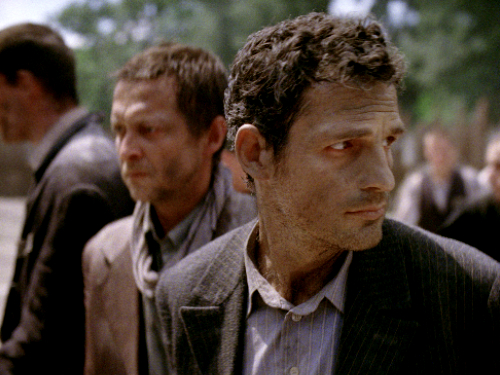Jean-Philippe Tessé
Jean-Philippe Tessé (1977) is a French journalist and film critic. He started working for Cahiers du Cinema in 2001. Between 2009 and 2020 he was its joint editor-in-chief, together with Stéphane Delorme. Until 2009, he was in charge of the cinema section of Chronic’art. He acted in two films by Catherine Breillat, Une vieille maîtresse (2007) and La belle endormie (2010).




